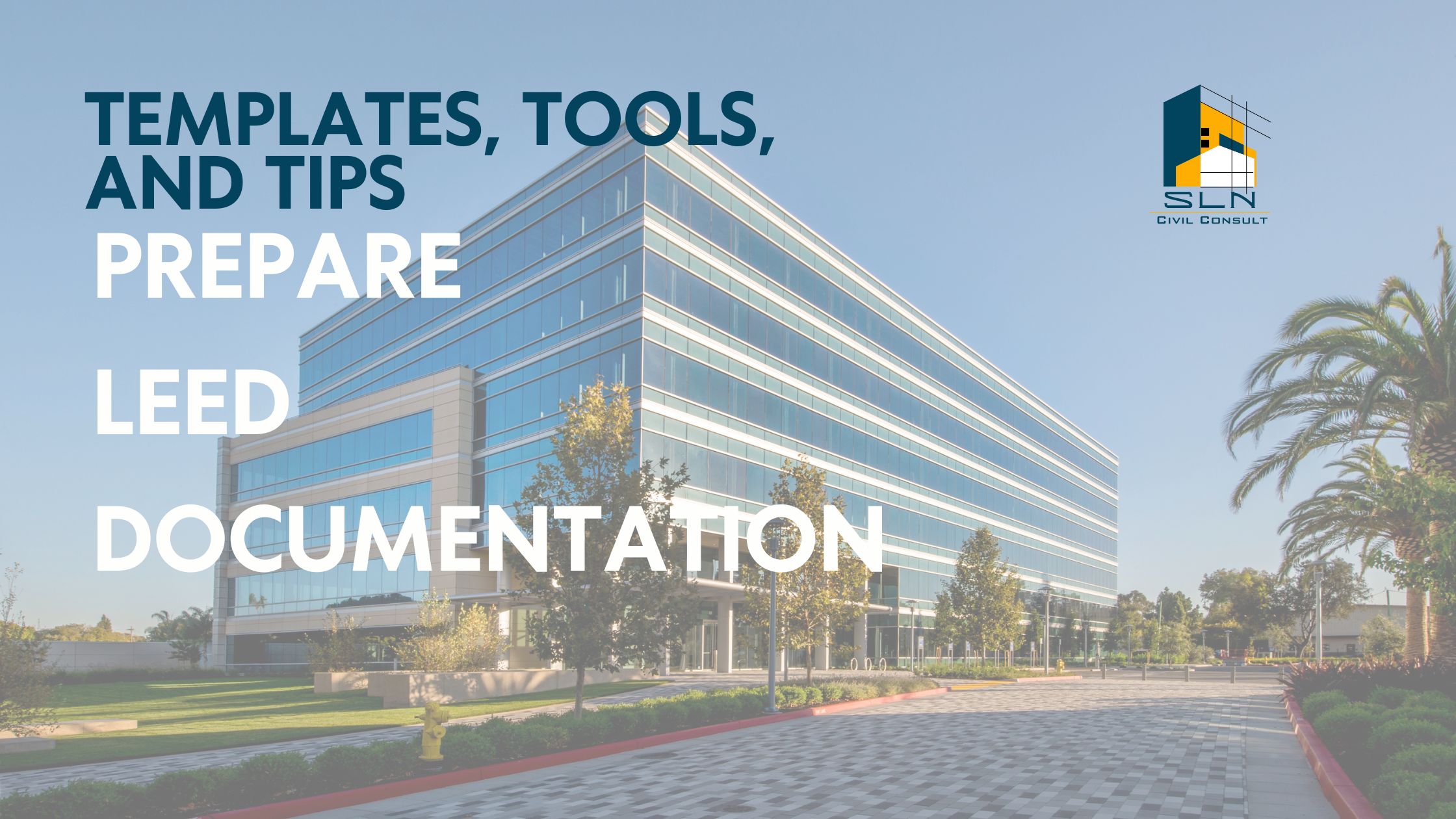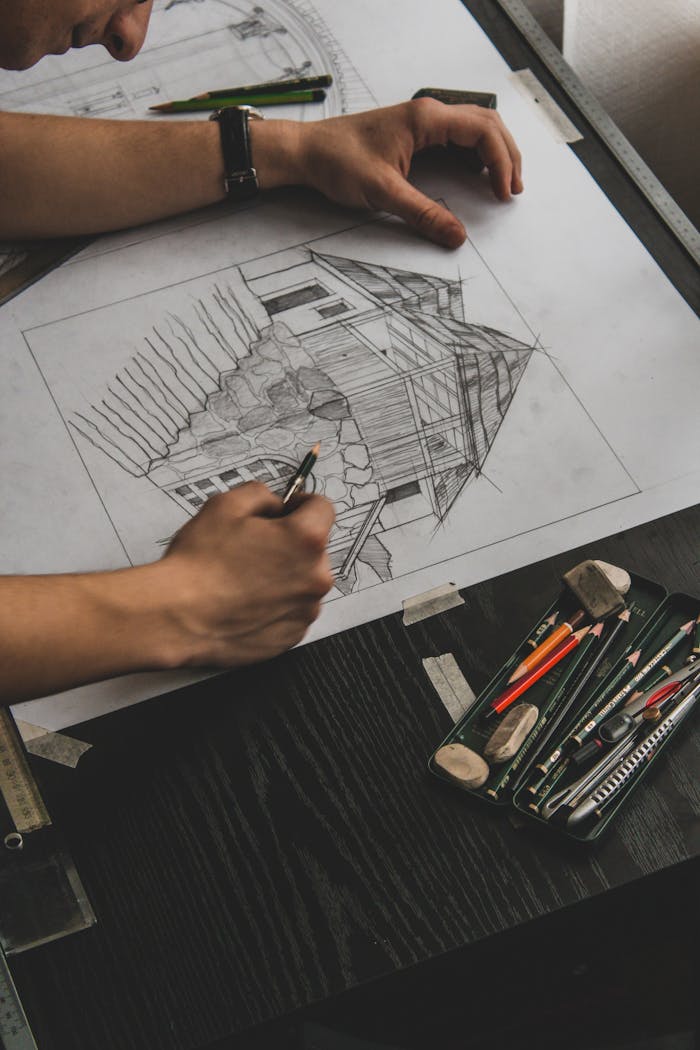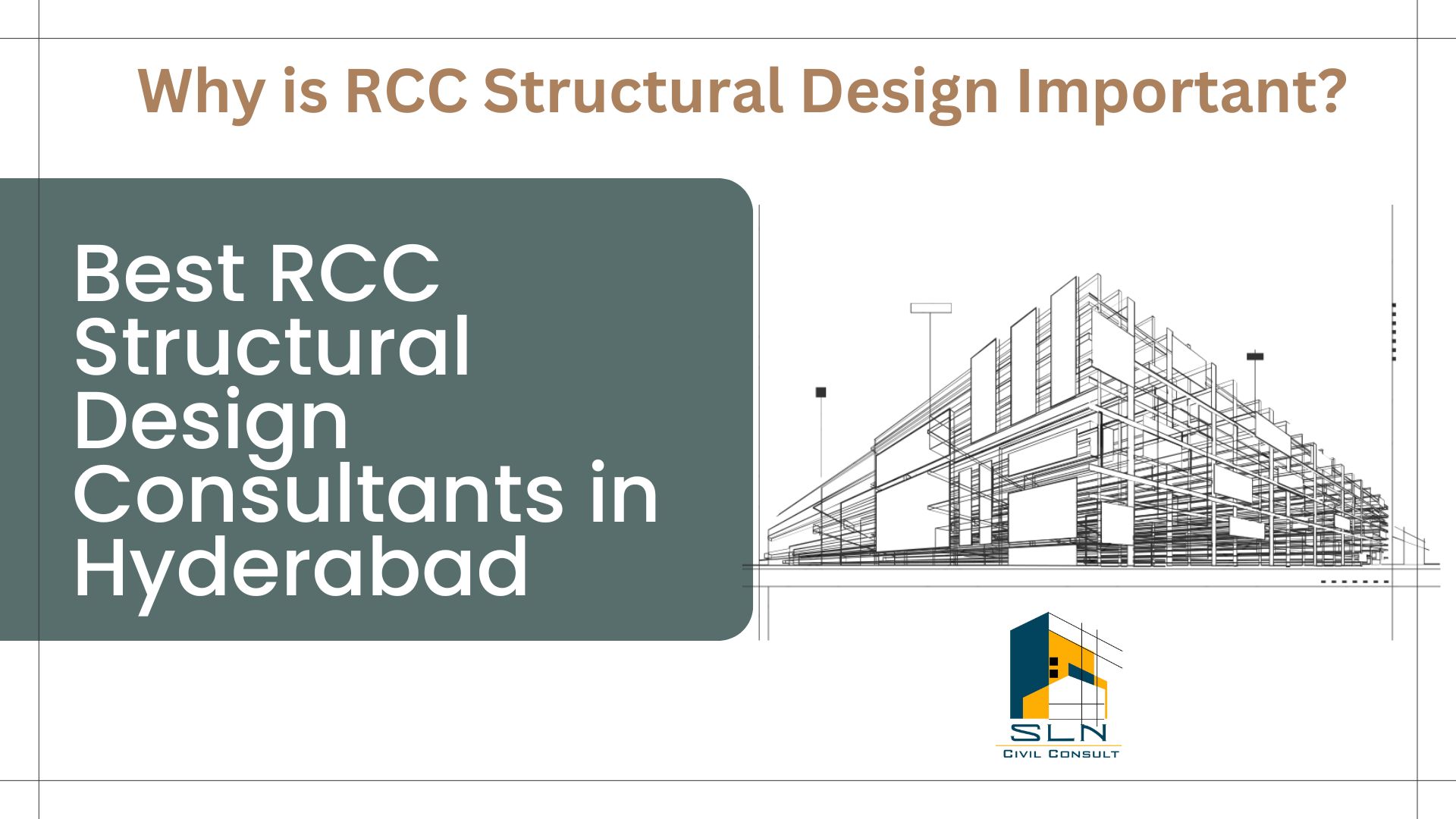In recent years, Leadership in Energy and Environmental Design (LEED) Certification has become the gold standard for sustainable buildings in India. From major IT campuses in Bengaluru to luxury hotels in Mumbai, the demand for LEED-certified projects has surged.
But while the benefits—lower energy costs, reduced environmental impact, and higher property value—are well understood, many architects and developers still struggle with the LEED documentation process.
This guide aims to remove the guesswork. It will walk you step by step through:
- What LEED documentation involves
- What templates and tools you need
- How to avoid common mistakes
- FAQs about LEED documentation in India
Whether you are an architect designing your first green building or a developer upgrading an existing facility, this resource will help you navigate LEED with confidence.
What is LEED Documentation?
LEED documentation refers to the collection of evidence that proves your project meets LEED rating criteria across areas such as:
- Sustainable Sites
- Water Efficiency
- Energy and Atmosphere
- Materials and Resources
- Indoor Environmental Quality
- Innovation and Regional Priority
For each credit or prerequisite, you need to submit specific documents, including:
- Drawings
- Specifications
- Calculations
- Product datasheets
- Commissioning reports
- Photographs
These are then reviewed by Green Business Certification Inc. (GBCI) or the U.S. Green Building Council (USGBC).
Key Point:
Documentation is not a one-time event. It requires consistent coordination throughout the design and construction phases.
The LEED Certification Process in India: A Quick Recap
Before you start preparing documents, it is important to understand the five main steps:
- Registration
- Register your project on LEED Online.
- Pay the registration fee.
- Application Preparation
- Assemble all required documentation.
- Use LEED Online to upload files.
- Preliminary Review
- Submit the application for GBCI review.
- Receive comments and clarifications.
- Final Review
- Address any feedback.
- Resubmit final documents.
- Certification Decision
- GBCI awards certification at one of four levels:
- Certified
- Silver
- Gold
- Platinum
- GBCI awards certification at one of four levels:
Each of these phases requires structured, complete, and consistent documentation.
Types of LEED Documentation You Will Prepare
Below is a breakdown of the main document types you will typically submit.
1. Project Information Forms
These forms include:
- Project details (location, owner, area)
- Applicable LEED rating system
- Special circumstances
Ensure consistency across all forms.
2. Credit Templates
These are preformatted spreadsheets or forms where you input calculations and narrative descriptions. Examples include:
- Water Use Reduction Template
- Energy Model Summary
- Recycled Content Calculator
These templates are available on LEED Online.
3. Supporting Documentation
Supporting evidence includes:
- Drawings and plans
- Product cut sheets
- Equipment specifications
- Commissioning reports
- Waste management plans
4. Photographs and Visual Evidence
Especially critical for construction credits such as erosion control measures or green roof installations.
5. Narrative Explanations
These are short text descriptions of how the project achieves each credit. Narratives should be concise, typically one to two paragraphs per credit.
Tools You Need to Prepare LEED Documentation
Below are essential tools and software widely used in India.
Energy Modeling Software
- IES VE (Integrated Environmental Solutions)
- eQUEST
- DesignBuilder
These tools are used for simulating building energy consumption and calculating energy savings.
Daylight Analysis Tools
- Autodesk Revit with Insight
- Rhino + Grasshopper with Ladybug
These platforms help document daylight credits and visual comfort analysis.
LEED Online Platform
URL: https://leedonline.usgbc.org
LEED Online is your central hub to:
- Upload documents
- Complete credit templates
- Track review status
Document Management Tools
- Microsoft SharePoint
- Asite
- Dropbox Business
These tools help teams organize, share, and version-control files.
Templates and Checklists
Consider maintaining:
- LEED Project Checklists
- Submission Guidelines
- Internal Review Logs
These will help you monitor progress and prevent last-minute issues.
How to Structure LEED Documentation: Step-by-Step Guide
Below is a practical roadmap to help you organize and submit high-quality documentation.
Step 1: Build Your Documentation Team
Include the following professionals:
- Architect
- MEP Consultant
- Energy Modeler
- Contractor
- LEED Accredited Professional
Assign a dedicated LEED Coordinator to oversee document collation and deadlines.
Step 2: Create a Documentation Schedule
Align LEED submission milestones with your project construction schedule. Plan for:
- Design Phase Submissions
- Construction Phase Submissions
- Final Application Timeline
Step 3: Use Standard Naming Conventions
Example naming format:
ProjectCode_CreditName_Version_Date
Sample file name:
INHYD_CEQP2_V1_2025-06-20.pdf
Standard naming avoids confusion during reviews and makes tracking easier.
Step 4: Complete Credit Templates Carefully
- Fill in all required fields
- Double-check calculations
- Use consistent units (metric in India)
Step 5: Assemble Supporting Evidence
For each credit, compile:
- Drawings
- Specifications
- Calculations
- Photographs
- Narratives
Ensure every file is clearly labeled and easy to follow.
Step 6: Conduct an Internal Review
Have your team conduct an internal audit:
- Can the reviewer follow the evidence trail?
- Are all documents properly labeled?
- Is anything missing or inconsistent?
Step 7: Upload to LEED Online
- Upload documents per credit.
- Avoid uploading duplicate files.
- Confirm that file sizes comply with LEED Online limits.
Step 8: Track and Respond to GBCI Comments
During the preliminary review:
- Review each comment thoroughly.
- Prepare clarifications.
- Resubmit within the allowed timeframe.
Step 9: Archive Final Documents
Maintain an archive of all documentation for:
- Future audits
- Marketing and case studies
- Facilities management and maintenance teams
Pro Tips for Successful LEED Documentation
- Start Early
Documentation should begin in the concept phase, not at the end of construction. - Be Consistent
Use the same project name, versioning, and formatting across all materials. - Double-Check Math
Errors in calculations are among the most common reasons for delays. - Photograph Thoroughly
Take clear, date-stamped photos of all key measures and installations. - Communicate Clearly
Keep narratives focused and objective. Avoid marketing language. - Stay Updated
Always refer to the most recent LEED reference guides and requirements.
Indian Context: Special Considerations
When preparing LEED documentation in India, consider the following factors:
- Local Regulations:
State-level ECBC requirements and municipal permissions must be met in addition to LEED criteria. - Climate Data:
Use Indian weather files in energy simulations. - Material Sourcing:
Highlight regional materials to earn credit points. - Language Requirements:
All documentation should be in English. - Dual Certification:
Some projects pursue both LEED and IGBC certification simultaneously.
Frequently Asked Questions
Q1: Can Indian construction codes be used for LEED documentation?
Yes. Your project must comply with local codes such as the ECBC, and also demonstrate compliance with LEED criteria. Refer to both standards and clearly document where each is applied.
Q2: What are the most common reasons for LEED documentation rejection?
Common issues include incomplete credit forms, missing supporting evidence, inconsistent project information across files, unclear narratives, and calculation errors.
Q3: How long does the LEED documentation process take?
On average, expect 3–6 months for preparation and an additional 2–3 months for reviews. Large or complex projects can take longer.
Q4: Can consultants prepare LEED documentation on our behalf?
Yes. Many firms specialize in LEED documentation support, but your project team will still need to provide accurate data and coordinate closely with the consultant.
Q5: Is using LEED Online mandatory?
Yes. All official submissions must be made through LEED Online. Manual submissions are not accepted.
Q6: Do residential projects follow the same documentation process?
LEED for Homes has additional requirements, including on-site verification, but the overall approach to documentation is similar.
Final Thoughts
Preparing LEED documentation for Indian projects requires discipline, organization, and collaboration. By starting early, using the right tools, and maintaining consistent records, you can significantly reduce the risk of delays and rejections.
If you are planning a LEED-certified project and need support in setting up systems, training your team, or reviewing your documentation, we are here to help.
Contact SLN Civil Consult to discuss your project requirements and learn how we can assist in achieving your sustainability goals.
About SLN Civil Consult
SLN Civil Consult is a leading consultancy in India helping architects, builders, and developers deliver sustainable, high-performance buildings. Our team specializes in:
- LEED and IGBC Certification Support
- Green Building Design
- Energy Modeling and Simulations
- Project Management Services
Contact Us Today
If you found this guide helpful, feel free to reach out or share it with your network of professionals committed to sustainable architecture.



